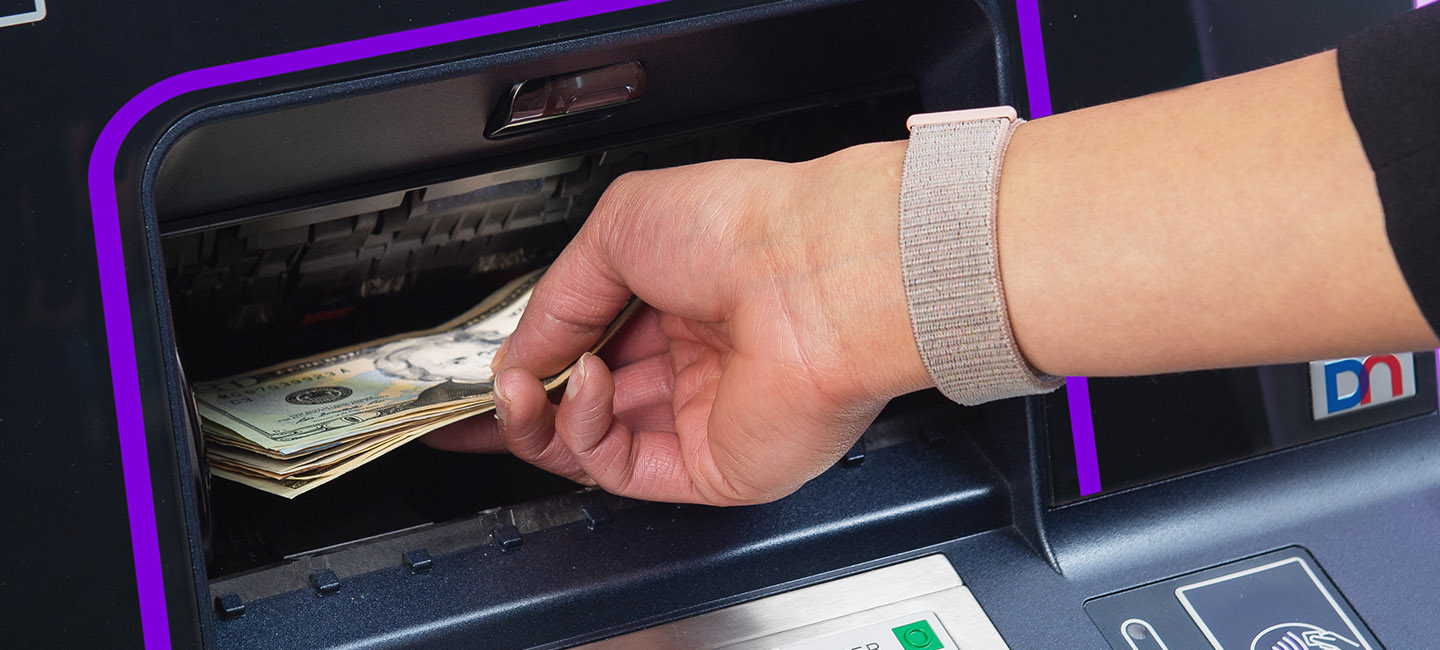
May 02, 2024 | JASON WOLF
In 2024 the banking market will be faced with new and increased complications that will once again put pressure on operating models: costs of operations are likely to rise among the high deposit rates, increasing salaries, and financial institutions (FIs) preparing for loans failing. Meanwhile, revenue is expected to shrink due to low demand for loans. But there are other factors contributing as well: staffing issues, an uncertain regulatory environment, changing consumer behavior, and the challenge of integrating and implementing new technology.
However, amid these challenges, there are still steps banks can take to improve their operations. One of them is to evaluate their cash management and cassette configurations. Why? We are seeing a few key trends that create the potential for huge savings through cassette configurations that match local requirements better.
How can an evaluation of your cash management strategy and cassette configuration counter the negative effects these trends may have on your operations?
Fulfill consumer expectations
Cash is here to stay, so to fulfill your customers’ expectations you need to continue giving them easy and convenient access to it. This includes the option to select their denomination mix at the ATM. Consequently, you want to offer cash services in the most efficient way possible. Optimizing your cassette configuration is one way to achieve that.
Enhance availability
We have already established that an unfit cassette configuration can lead to issues. The ATM may have to go out of service due to the deposit cassettes being full. For whatever reason this happens, the reduced availability of the ATM can lead to frustration on the side of the consumer. On the other hand, a well-adjusted cassette configuration extends the availability of the device and enhances the user experience. Additionally, the reduction in CIT interventions also means that fewer people are touching the ATM, consequently reducing the chance of a human error happening that could cause further problems.
Reduce the number of CIT visits
The reduction of CIT visits is perhaps the biggest advantage of an optimized cassette configuration as they are a big cost factor. There are a few ways this can be achieved:
The potential for optimization through adapting your cassette configuration should be evident by now. But how do you determine the ideal configuration for each ATM? Stay tuned for the next installment of this two-part blog series, where we delve into this topic. Until then, kick-start your optimization journey by contacting your Diebold Nixdorf representative today!